Ninh Binh
Ninh Binh highlights and travel guide
Ninh Binh at a glimpse
Where is Ninh Binh
Going to Ninh Binh from Hanoi
The best time to visit Ninh Binh
What to see & do in Ninh Binh
- Trang An, or Tam Coc
- The viewpoint from Mua Cave
- Historic pagodas and temples
- The historic city of Hoa Lu
- National Park of Cuc Phuong
Where to stay
What to taste
Ninh Binh Overview
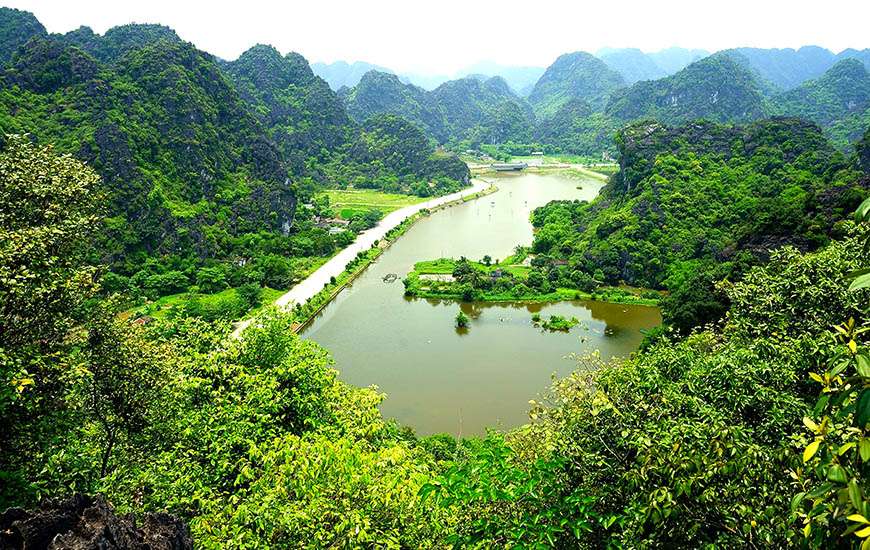
Although Ninh Binh now feels to be a haven of leisure and relaxation, it was once home to the capital of Vietnam. During the 10th and 11th centuries, Hoa Lu was the political, cultural and economic centre and had a large citadel which was surrounded by the towering mountains. Although very little of the citadel remains, there are still a number of temples dedicated to the rulers of the time and their stories are still told in the historic sites throughout the area.
Although long popular with Vietnamese tourists who visit to discover the ancient capital, Ninh Binh is growing in popularity with foreign tourists as well. The quiet, unimposing guest houses offer a good base from which to explore the rich and captivating landscape. The magical caves and sprawling views are an invigorating wake-up call to the power of nature's beauty.
The summer in Ninh Binh lasts from May to September. This time is hot and humid and makes up for approximately 85% of the yearly rainfall. In contrast the winters there are cool and dry, lasting from October to April. As the weather changes, Ninh Binh's beauty changes too; the rice paddies changing from vibrant green to straw yellow and full circle again. Although Ninh Binh can be enjoyed in any season, the best time to visit is between November to April as these are the driest months.
See and Do
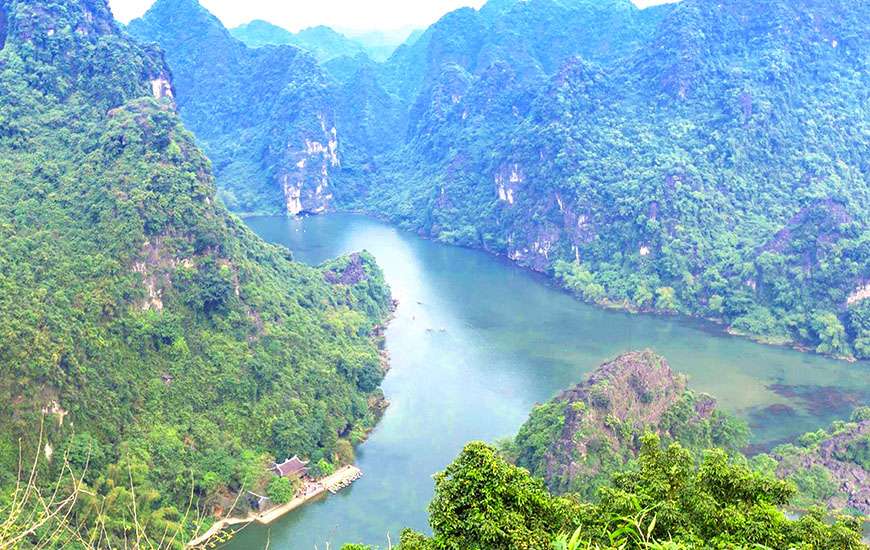
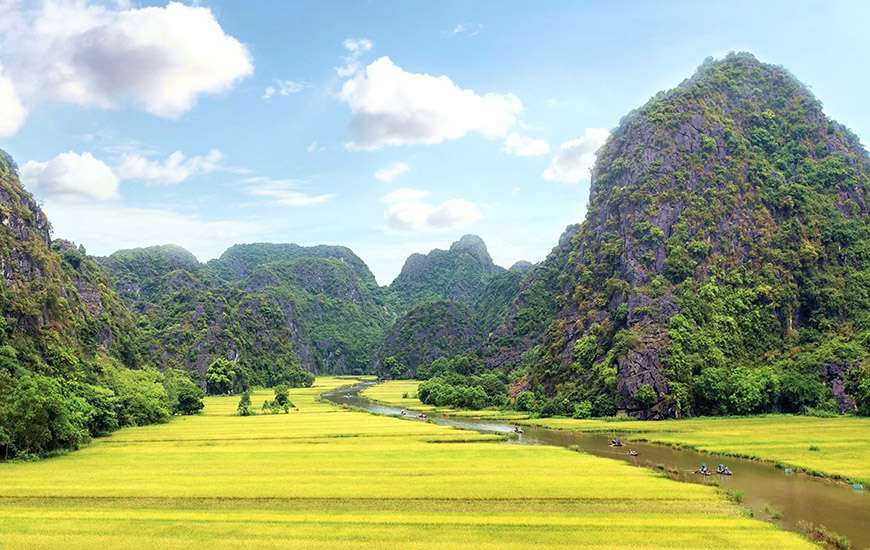
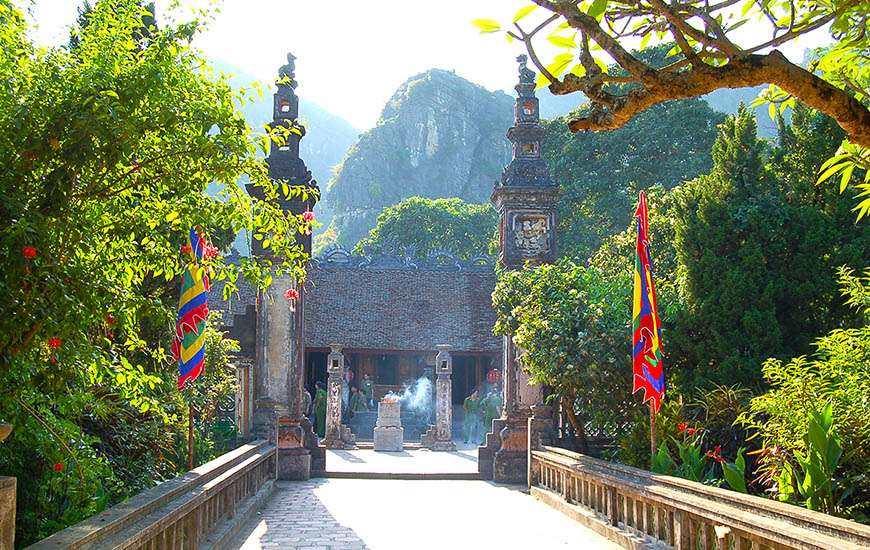
Hoa Lu, the ancient capital of Vietnam, uncovers the rural area's important past. During the 10th century, Ninh Binh was home to the capital of Dai Co Viet, an ancient Vietnamese Kingdom. Although once a grand citadel, time and weather have taken their tolls on the area and very little of the original structure remains. Now visitors can enjoy strolling amongst the temples that have been erected in honour of the ancient capital's leaders. As well as offering a glimpse into Ninh Binh's significant history, the temples also showcase some traditional architecture set against some stunning backs.
Cuc Phuong National Park is the oldest and largest national park in Vietnam>
Located in the province of Nine Bein, it is about 120 km southwest of Hanoi. It is home to a wide variety of plants and animals, including rare and endangered species, and is an important centre for biodiversity conservation.
Visitors can do a variety of activities in Cuc Phuong Park, including hiking, biking and wildlife viewing. Many caves and historical temples are also visited in Cuc Phuong.
Ninh Binh has the added appeal of independent exploration. It is easy to spend an afternoon cycling along the winding roads taking in the views of the rivers and mountains which punctuate the scenery. There are plenty of small pools to stop by which often have herds of goats also stopping for a spot of refreshment. Because Ninh Binh is not as well established as a tourist destination as some of Vietnam's other beauty spots, there are plenty of opportunities feel alone with the beauty of nature, taking a quiet moment to drink in the fresh air and feel refreshed. For those who prefer to travel with an engine, Ninh Binh is also a great place to explore by motorbike.
Culture and Arts
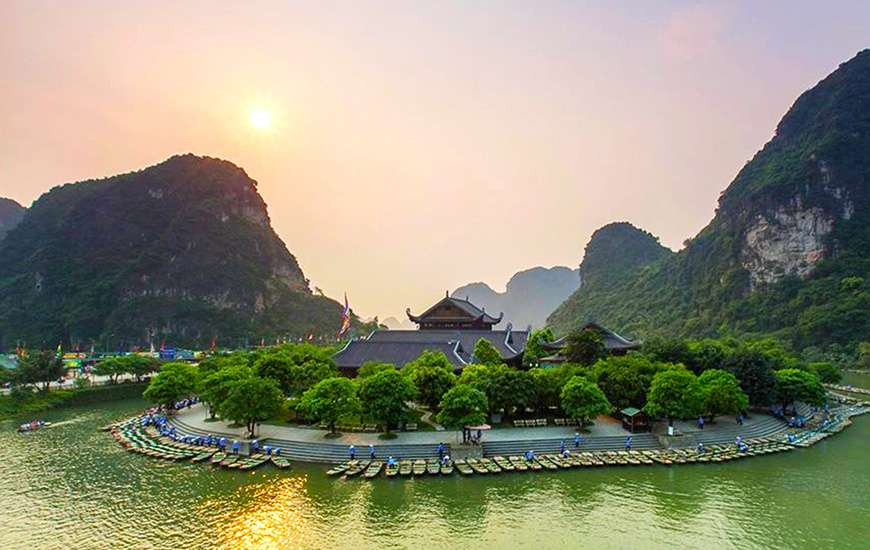
Chua Bai Dinh is an example of a grand modern Buddhist complex which features a number of structures built between 2003 and 2010. The buildings have been skillfully constructed with the finest natural materials showcasing stone carving, bronze work and woodwork. The complex is watched over by a giant bronze Buddha who sits in Phap Chu Hall.
As well as some beautiful Buddhist temples, Ninh Binh also has a famous cathedral. Construction of Phat Diem Cathedral began in 1875 and took roughly 24 years to build. The architecture features elements of a traditional cathedral overlaid with a traditional Vietnamese style resulting in an elegant yet imposing structure. The cathedral was forced to close its doors in 1954 when the communists took power over Vietnam, and the Catholics were forced to flee south. It later suffered damage from bombing in 1972 but has since been restored. The Cathedral's past in combination with the gothic elements of its design give the area a tranquil yet solemn ambience. Visitors can now enjoy the peaceful atmosphere whilst taking in the cathedral, lake and stone church.
Food and Drink
Ninh Binh's typography makes it a prime place to raise goats which has become a local delicacy. It is served up in a variety of local dishes from flavoursome stir fries to being served rare with herbs and seasoning, a real luxury.
Another local speciality is eel vermicelli. Carefully prepared eels are fried with seasonings and nuoc mam (fish sauce) and combined with banana flower and vermicelli to create a delicate but flavoursome dish. The dish is often accompanied by the fiery ginger and lemon juice to up the ante of the flavours.
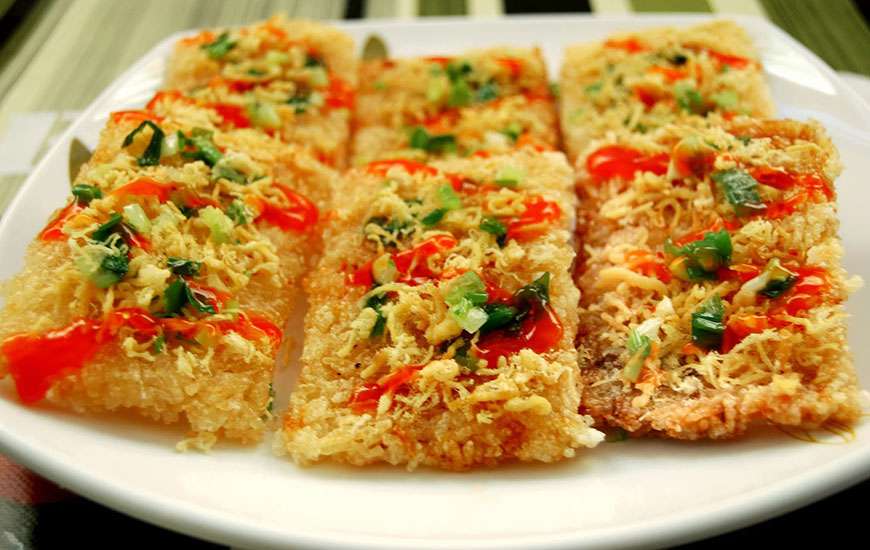
Com chay is a simple but extremely satisfying local dish in Ninh Binh. Dried patties of rice are deep fried creating a crunchy delicious pancake which can then be topped with any variety things. Popular choices are fried beef, fried pigs heart and fried vegetables.
All of this tasty food is best washed down with a glass of the local drink Kim Son wine. The liqueur is made from glutinous wine which is dried under the sun and then fermented. The drink has a high alcohol content and is believed to have medicinal properties, especially when combine with other traditional ingredients.
Festivals and Events
Each year Ninh Binh holds a grand festival to celebrate its former glory days as the capital. From the 10-13th of March in the lunar calendar, the Truong Yen Festival takes place to honour the two kings Dinh Tien Hoang and Le Dai who established the capital. The celebration begins with a water procession in which a ceremonial bamboo adorned with wishes is rowed along the river in traditional dragon boats. Once in the middle of the river, rituals are completed, and then the worshipping ceremonies at the temples begin. After the ceremonies, the celebrations continue with traditional games, singing and dancing.
From the first to the third lunar months, the Bai Dinh Temple lights up with the colours of festivities as crowds of people pilgrimage to the New Year's festival. Throughout the months the air at the temple becomes thick with incense smoke, and the sound of traditional music and singing reverberates amongst the temples. It is fantastic time to take in the true atmosphere of the temple with people joining together to celebrate their beliefs.
On the 18th day of the third lunar month, there is a festival in honour of Saint Quy Minh Dai Vuong. It is held in the remarkably beautiful setting of the Trang An complex and is a chance for local people to pray for health and prosperity. The usually still quiet waters of Trang An are brought to life by the colourful floating processions and musical performances which pay respects to the saint who defended Ninh Binh during the time of the 18th Hung King.

